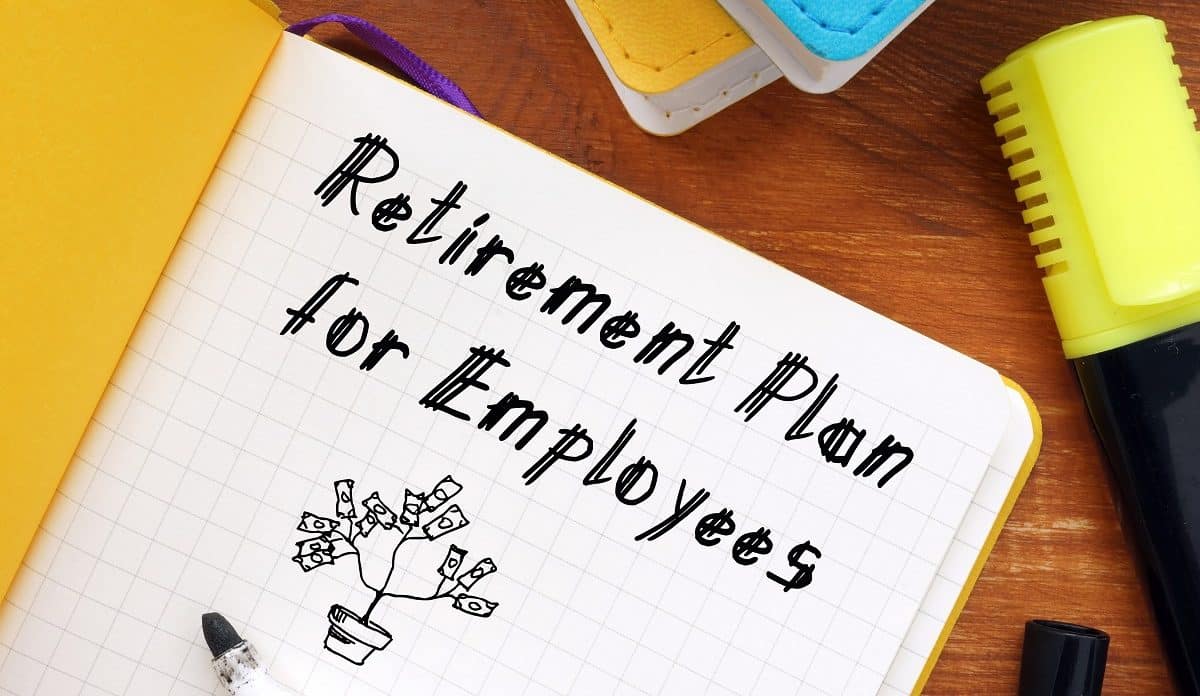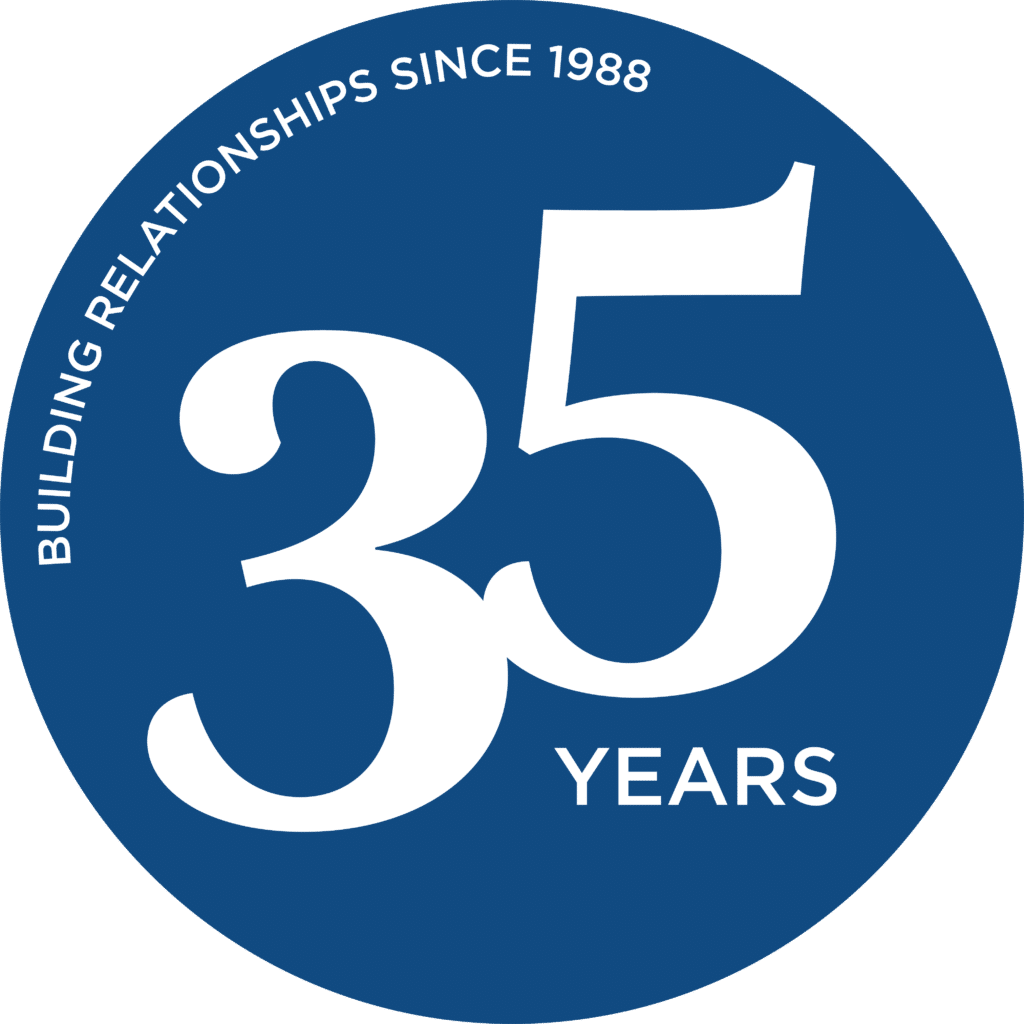The transition to retirement can be an extremely overwhelming process for both employees and employers. Retiring employees face concerns and uncertainty as they move from a full-time income to relying on Social Security benefits and retirement savings. For employers, losing long-tenured employees can create critical gaps in their talent and knowledge base if they do not have a strategic retirement process in place.
What strategies and best practices can organizations implement to make retirement transition successful for both the retiree and the organization?
Here are 5 ways to help employees make a smooth transition to retirement.
1. Assess Your Culture
Does your company discuss retirement openly, with positive tones? Having a retirement-positive culture is critical to help employees plan and feel supported as they prepare for their next stage in life. It also helps give organizations more time to plan career paths and create better continuity.
Another benefit of fostering a positive culture around retirement is that it can reduce the taboo of leaving which often results in an employee’s surprise retirement announcements and leaves the organization rushing to replace them and fill in gaps in key positions or the leadership funnel.
2. Support Early Retirement Planning
A poll of HR leaders in our June 2021 webinar, “Uncovering the Most Overlooked Component in Your Talent Strategy: Employee Transitions”, showed that 67% of employees begin thinking about their retirement between the ages of 55 and 65. Leading organizations realize that retirement planning begins as early as 30 years before retirement and have started providing support to emerging employees early in their careers.
At Subaru of America, employees are encouraged to have conversations around retirement early, when they still have time to plan financially and prepare for the emotional, lifestyle, and family adjustments that will happen. Thinking about the retirement process early can help employees better understand whether they can afford retirement, as well as determine what they want their retirement years to look like, if they’re healthy enough to engage in the activities they have planned, and if they’re prepared emotionally for the transition. This kind of attention to life-after-work planning builds employee loyalty and retention.
3. Offer Flexible Alternatives
Many retirement-age employees want to continue working—and they may need to for financial reasons. Phased retirement programs, widely used to assist workers in their shift away from the workforce, allow employees to modify their workload, either by transitioning to part-time work or by having their hours reduced.
Offering phased retirement options to your older workers allows both your organization and the worker to adjust over time, rather than scramble to deal with an abrupt departure. With phased retirement options, organizations can plan better since they know well in advance when an employee plans to leave and can arrange for experienced workers to mentor younger ones, transferring their years of employer-specific knowledge.
4. Take a Holistic Approach
Retirement is more than just ending one’s career to live off accumulated savings. With growing life expectancies, retirement can last well beyond 30 years! For many workers, their employer is the primary source, and sometimes the only source, of information and support for retirement preparation. Providing a form of retirement coaching that looks beyond the finances can help employees prepare and experience a more fulfilling retirement. Through CCI’s Retirement Options program, employees are guided through the retirement planning process with a certified career coach, assessing and exploring areas of their lives such as work, family, leisure, wellness, and personal development. In addition to one-on-one retirement coaching, participants have access to a web-based portal with support materials to help them plan their retirement as well as facilitated workshops and access to assessments.
5. Recognize Them
It’s important to recognize the benefits older workers who are nearing retirement bring to the organization. They have years of knowledge and experience, dedication to the job and company, and a strong work ethic. In addition, older workers are able to provide leadership and mentoring to younger employees, which helps foster knowledge transfer.
Recognize the contributions those near retirement have made to the organization by engaging them in mentorship programs, asking for their input, and putting them on new project teams. A common misconception is that older workers are not interested in new opportunities or trainings and are just “coasting” until they retire. By engaging them, recognizing the value they bring, and providing them with additional training, retiring employees will feel valued for their work and supported in their journey.
Making retirement a positive event and properly preparing for and supporting an employee’s retirement creates a win-win for the organization and retiree. Organizations can reduce stress, improve succession planning, strengthen engagement, and ensure a smooth and successful transition for retiring employees that minimizes disruption, leadership gaps or “brain drain.”
Learn more about CCI’s Retirement Transition Planning and Coaching Support here or contact us for a free consultation today.
Get our latest insights and best practices on the most definitive workforce
topics affecting HR leaders and organizations today.



